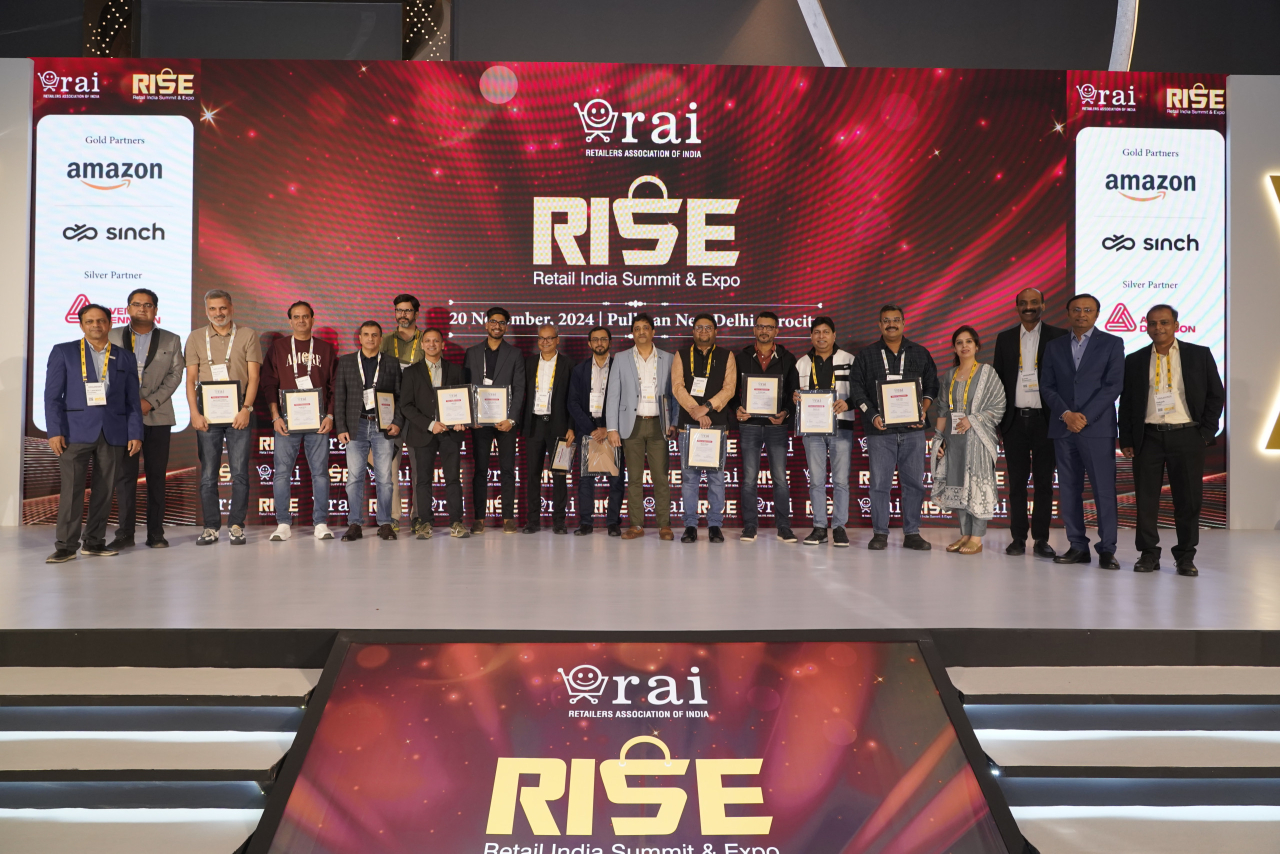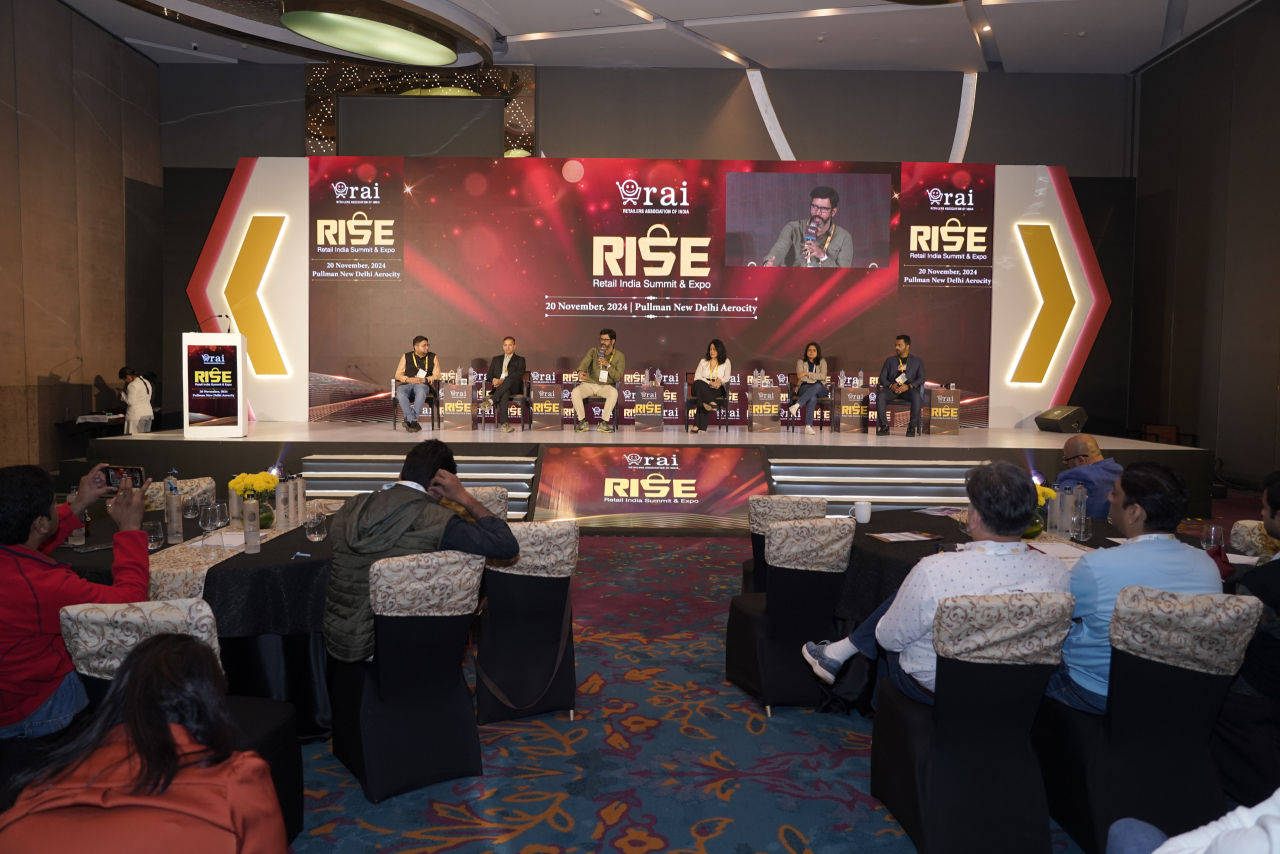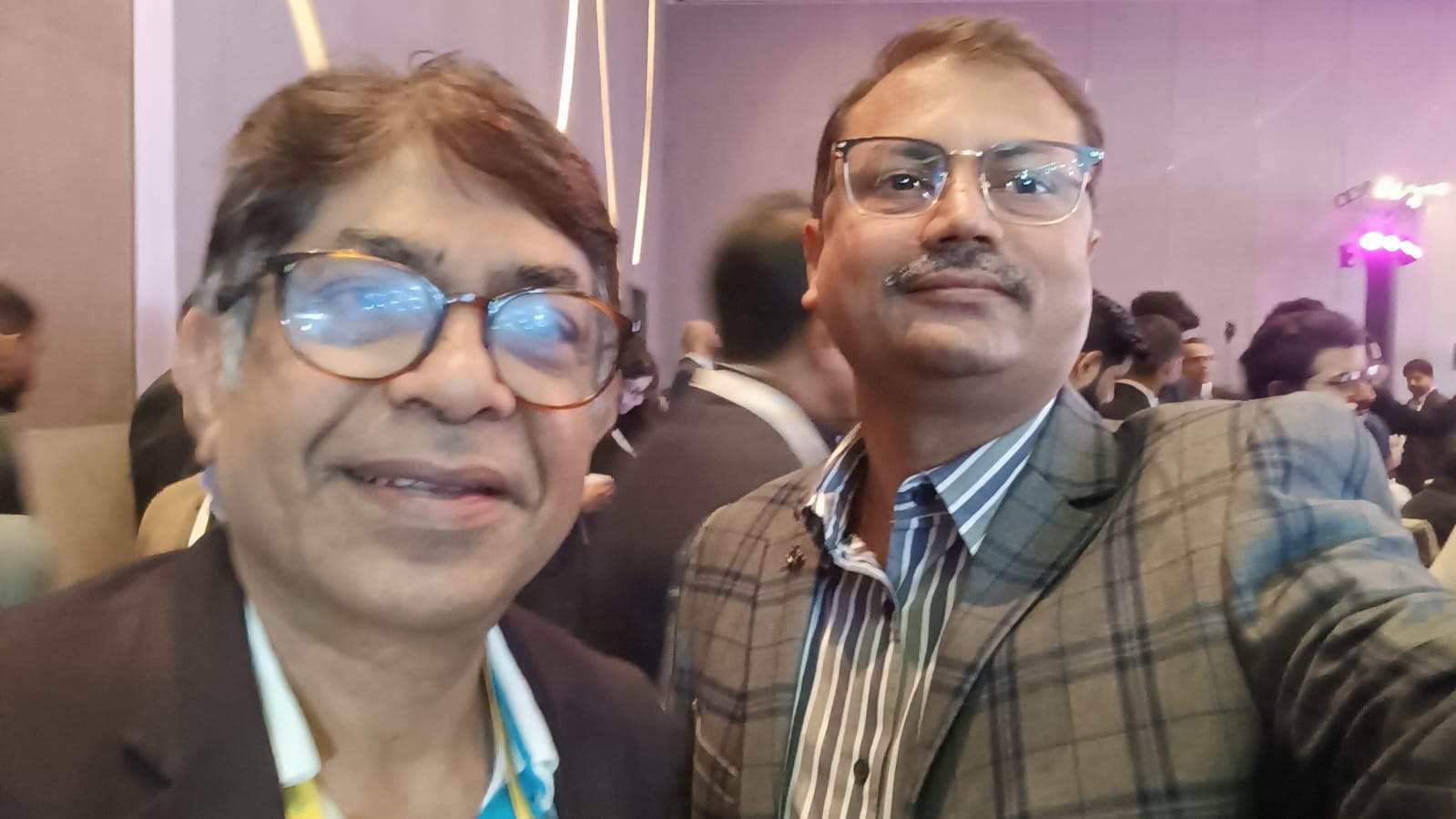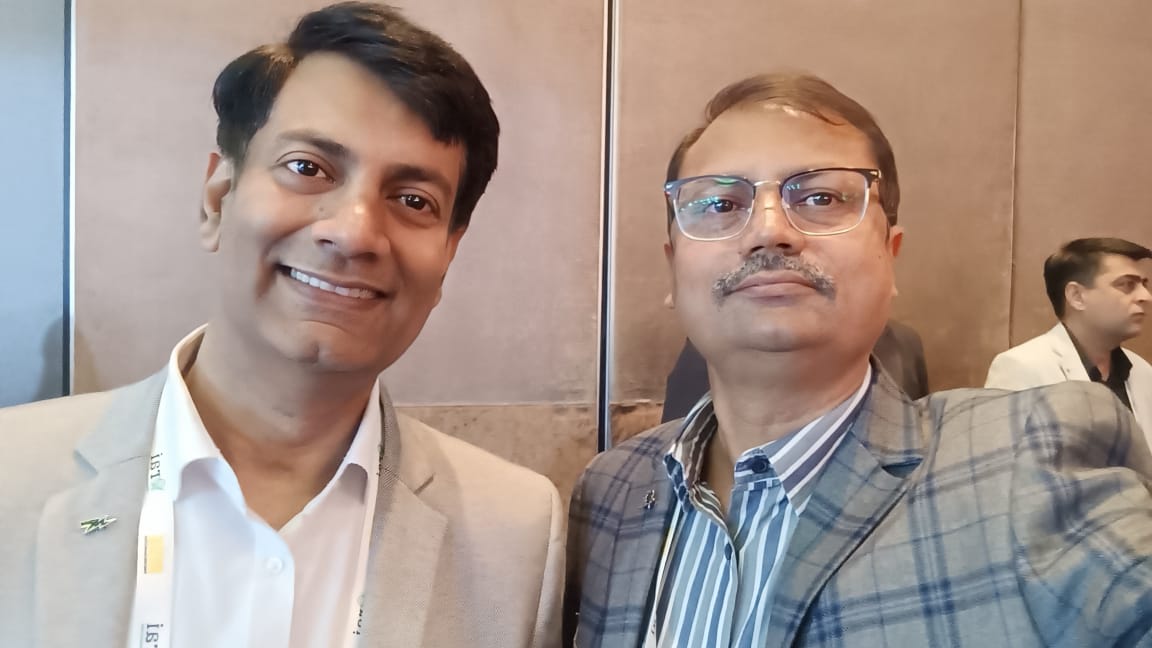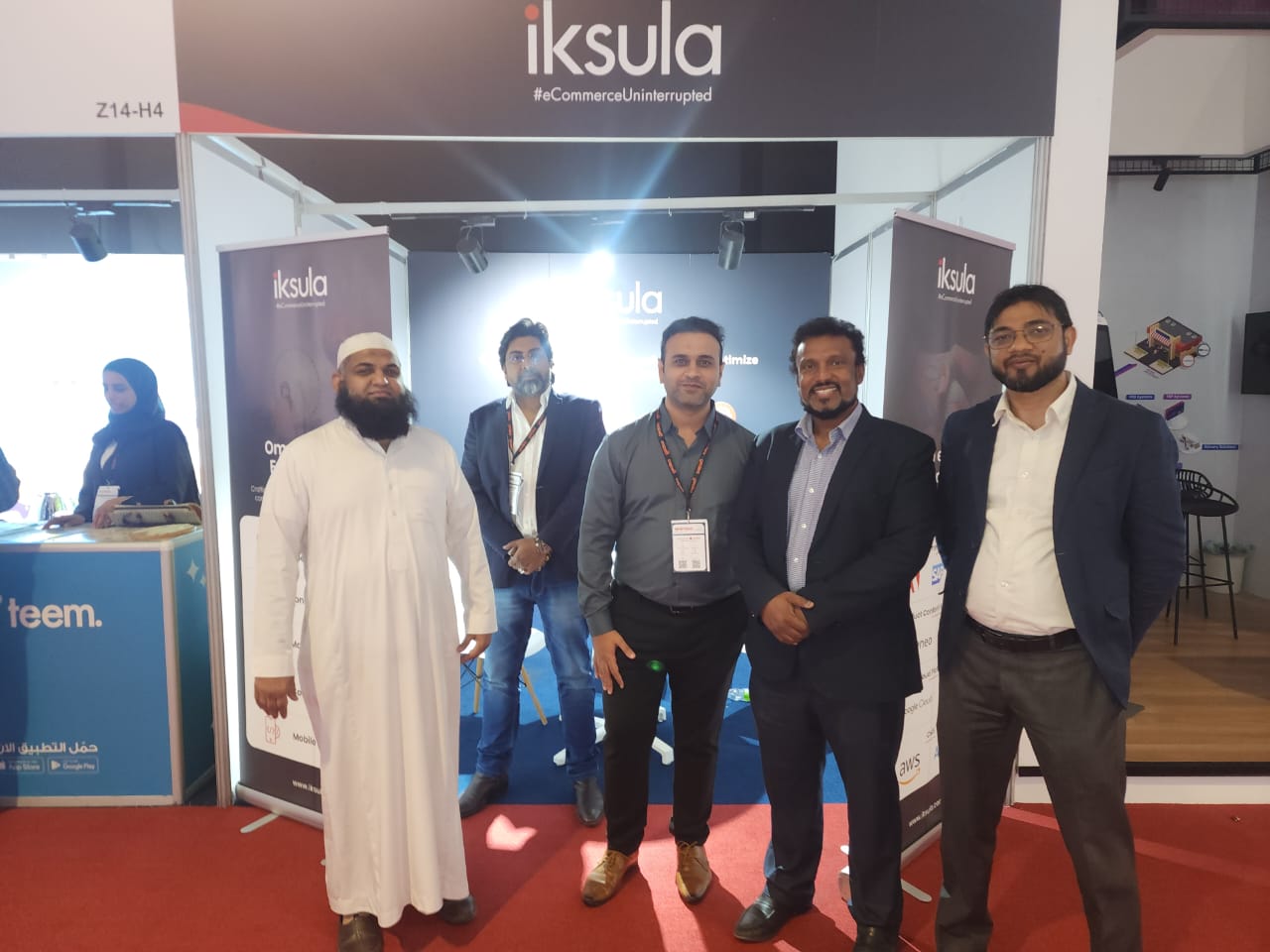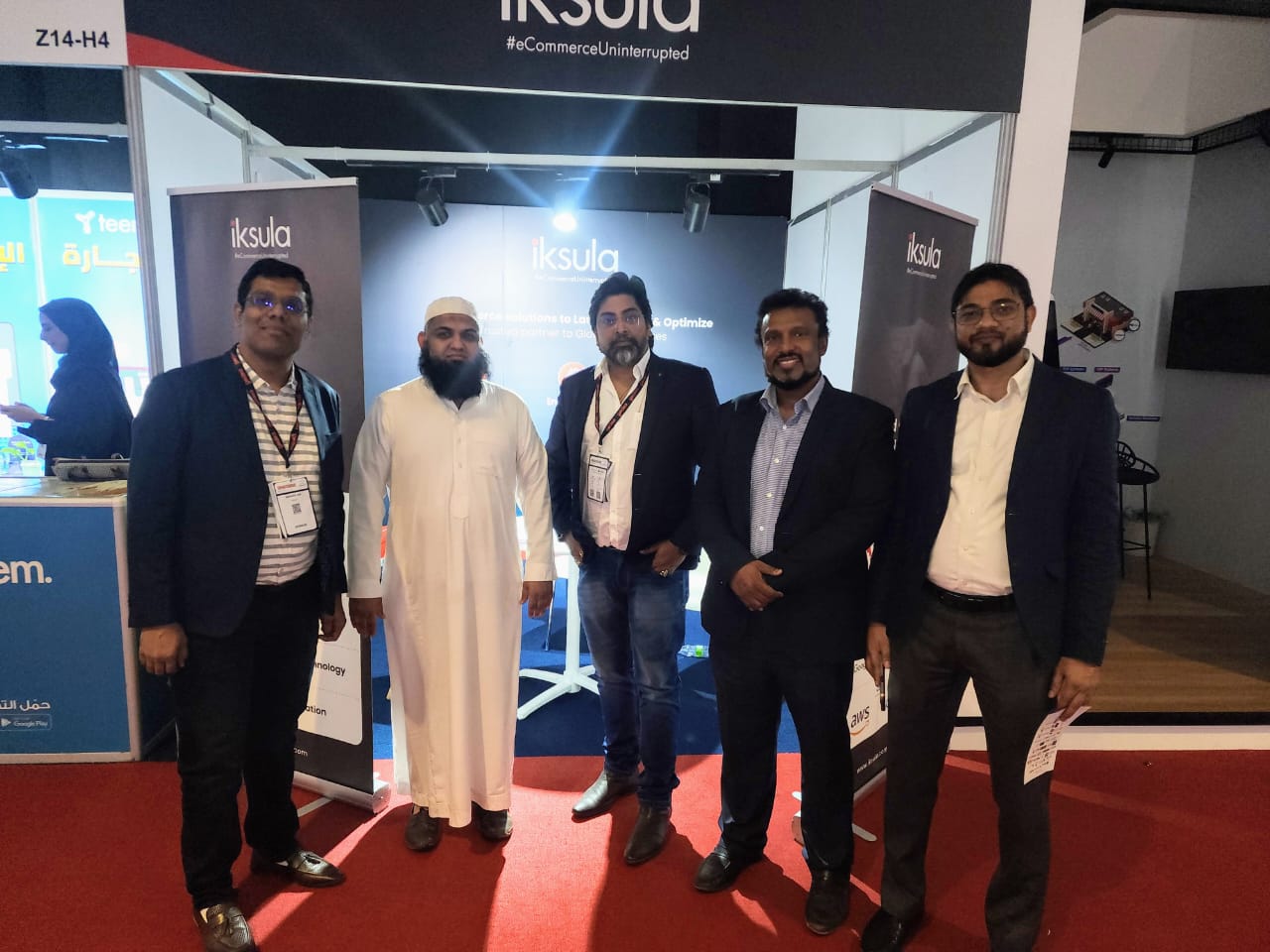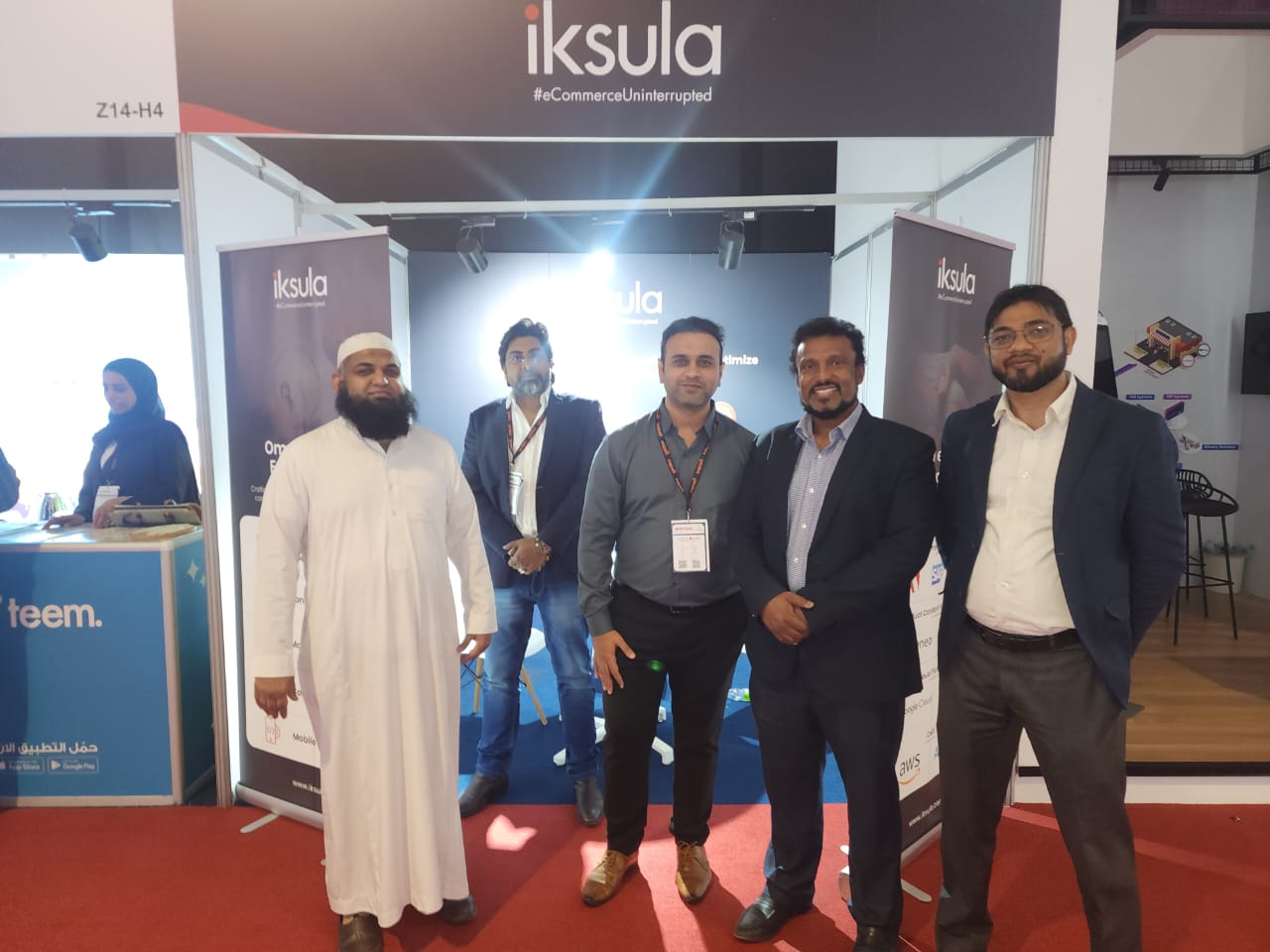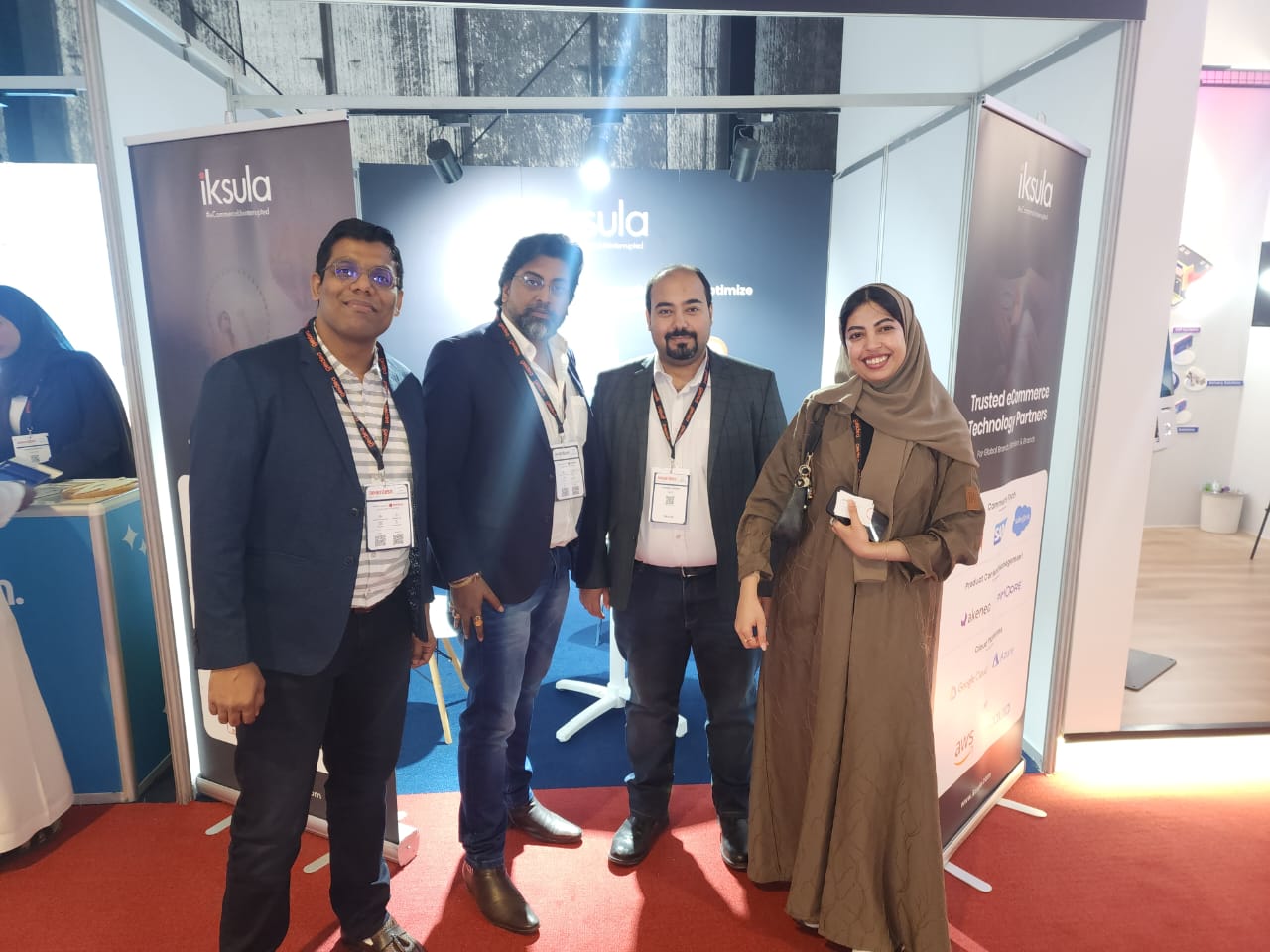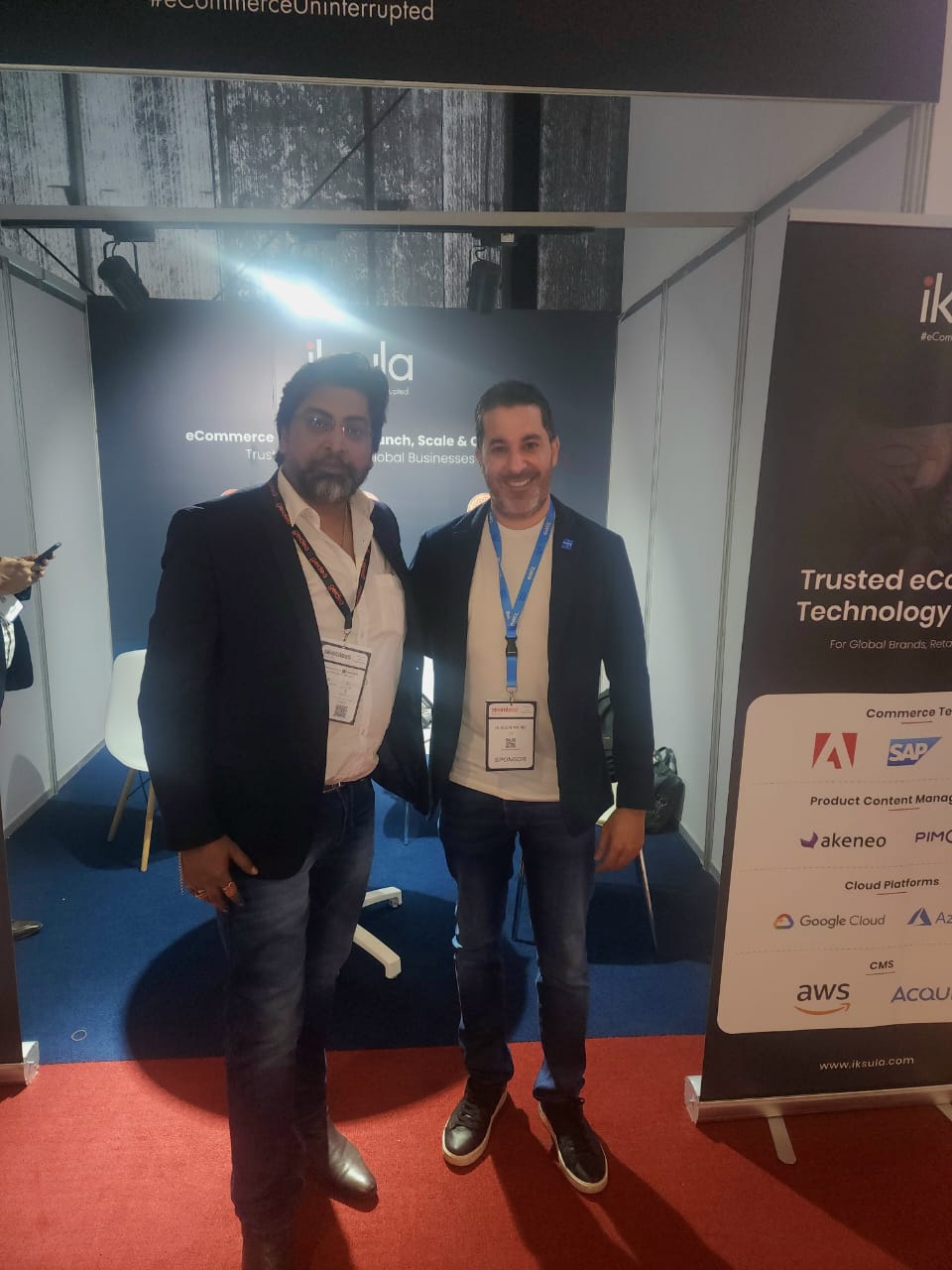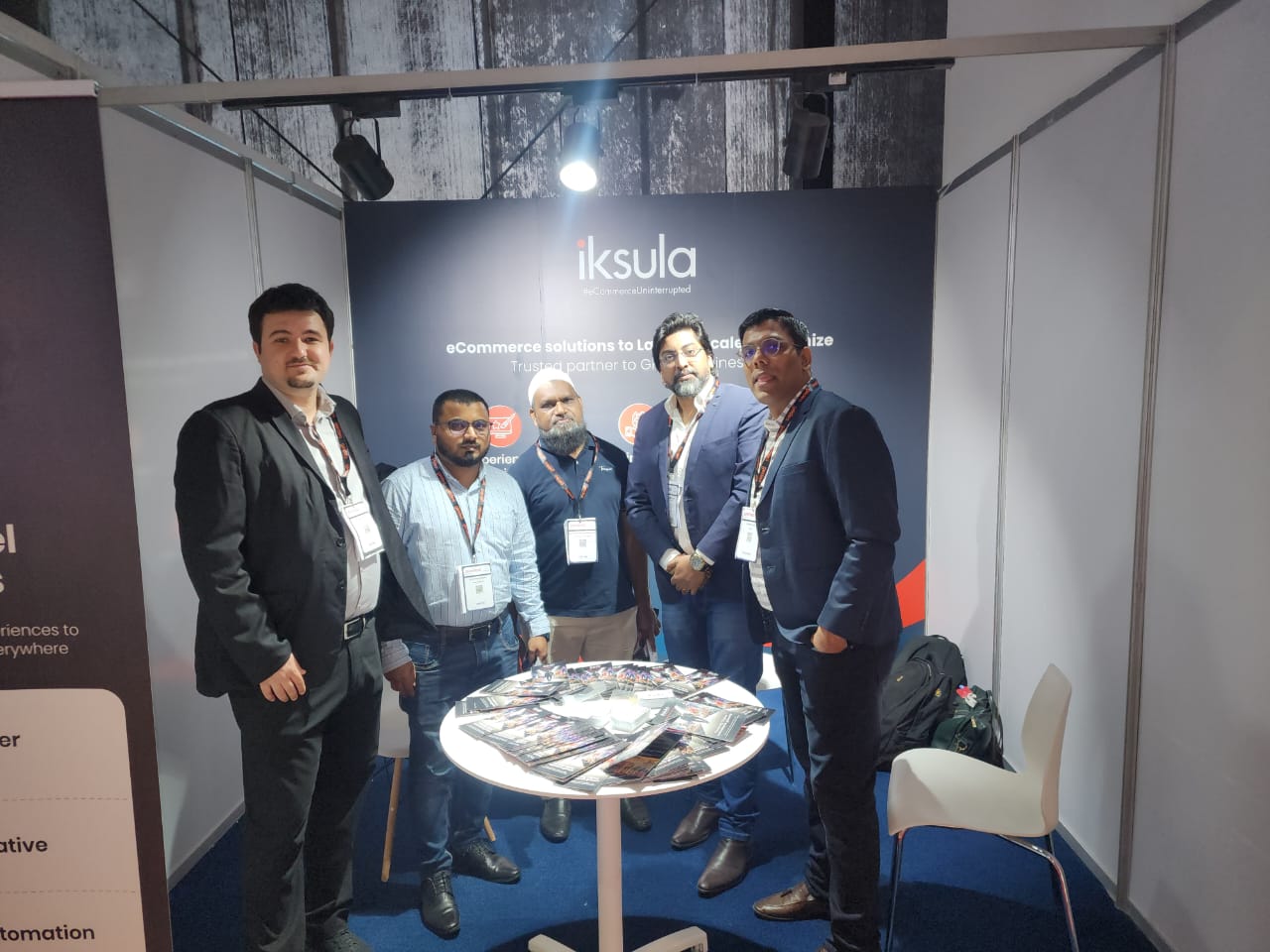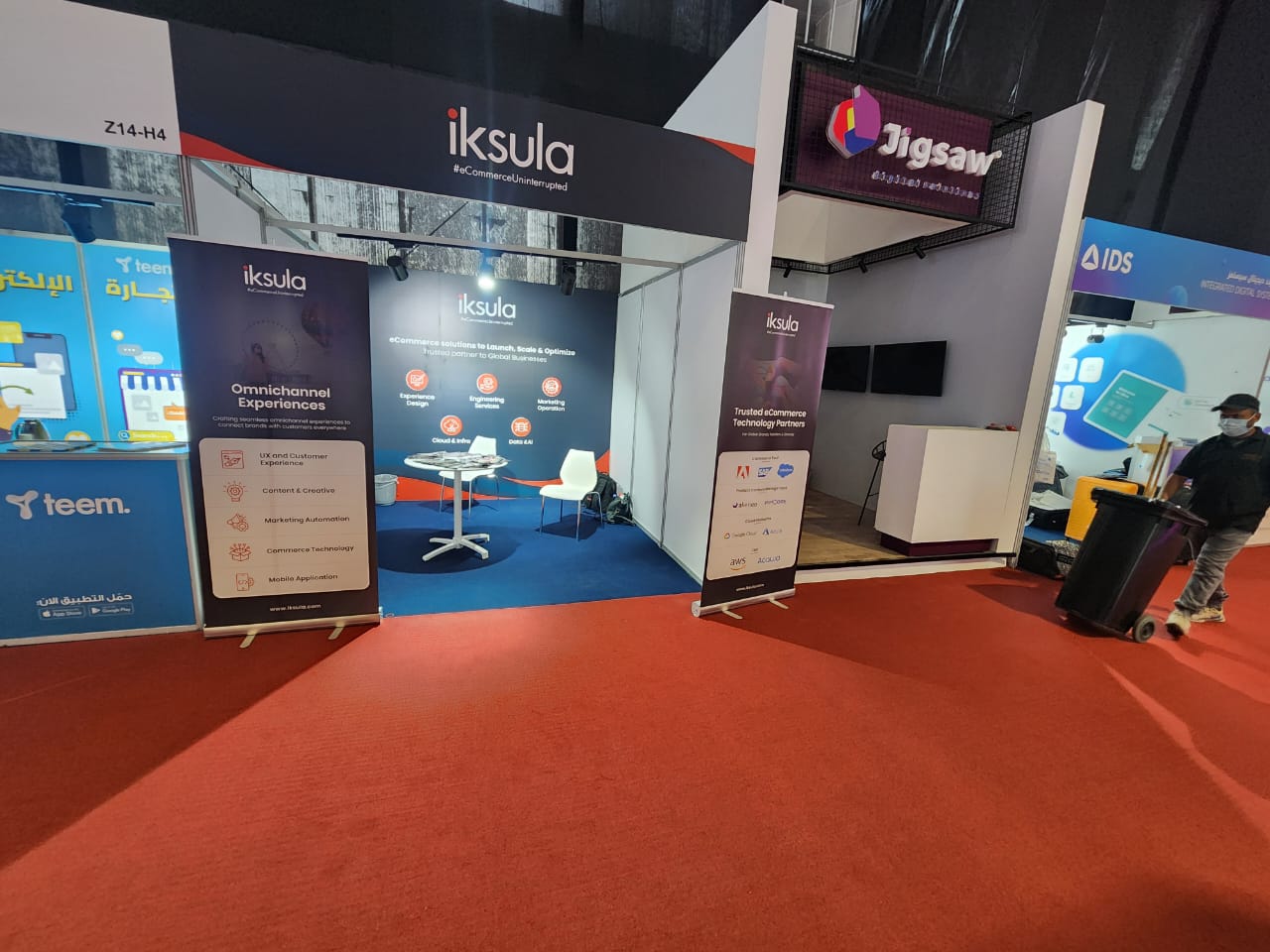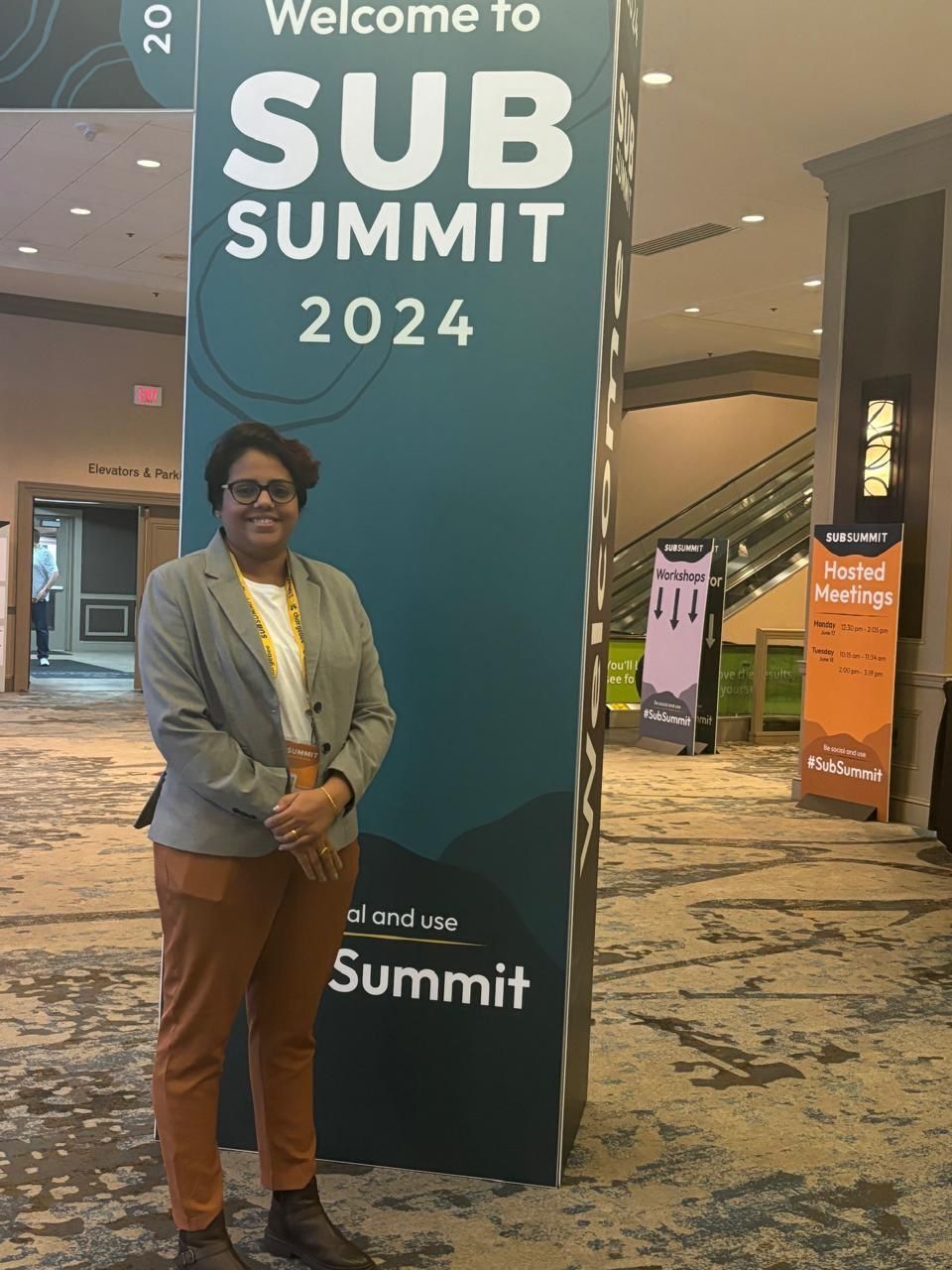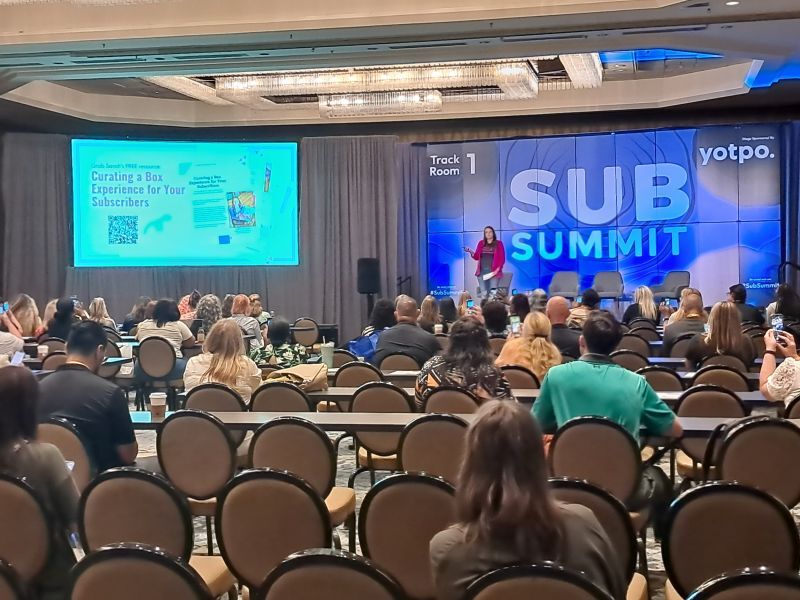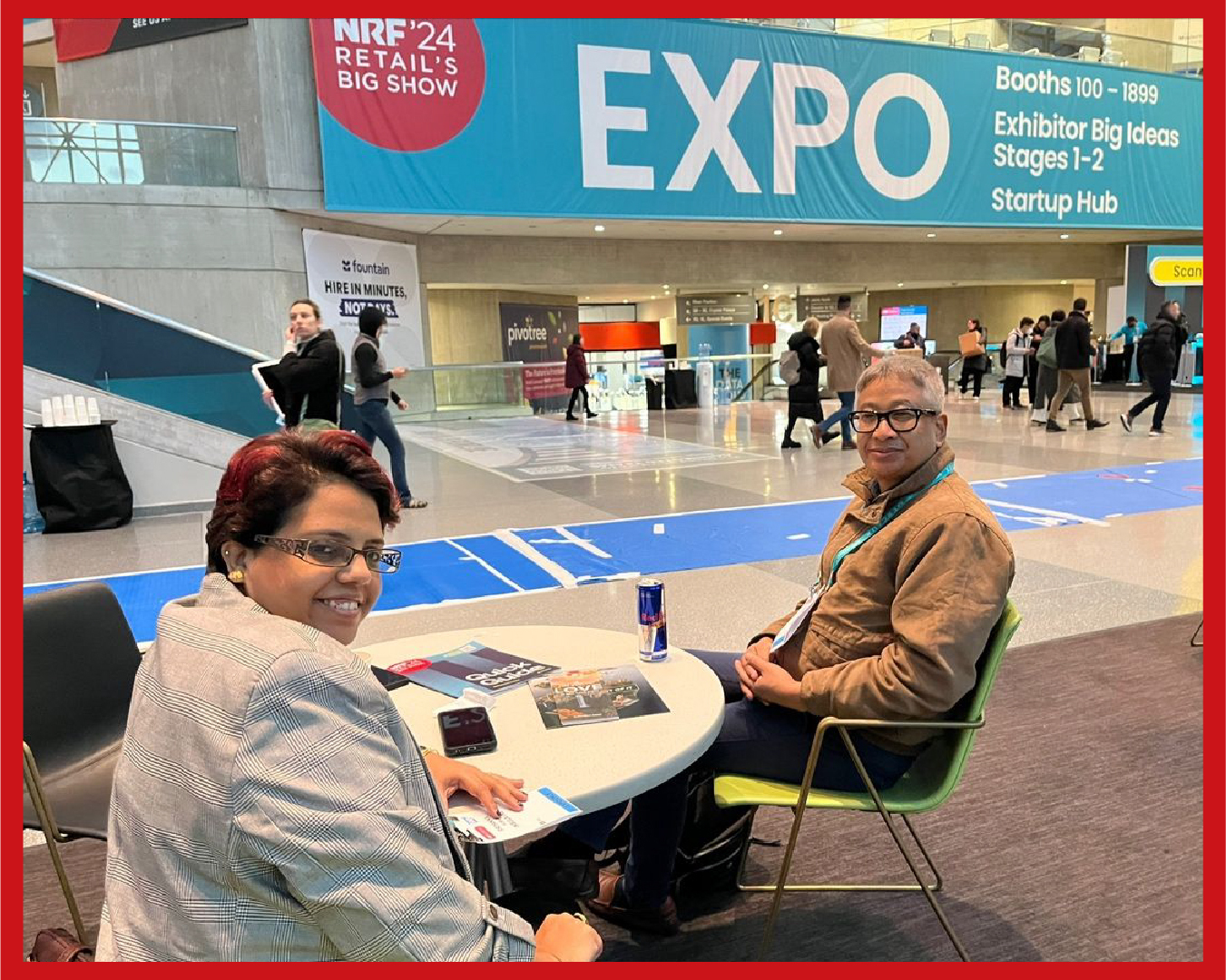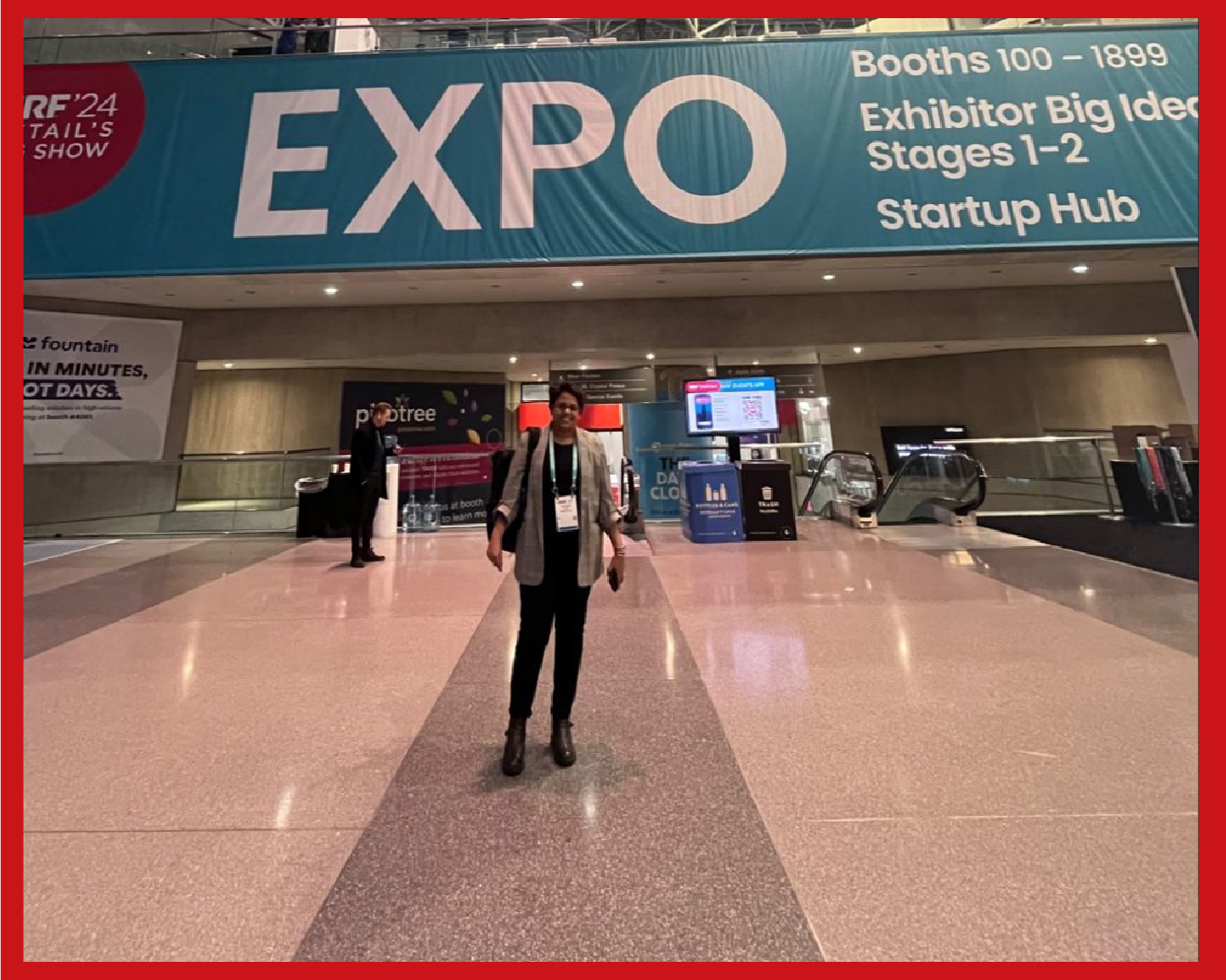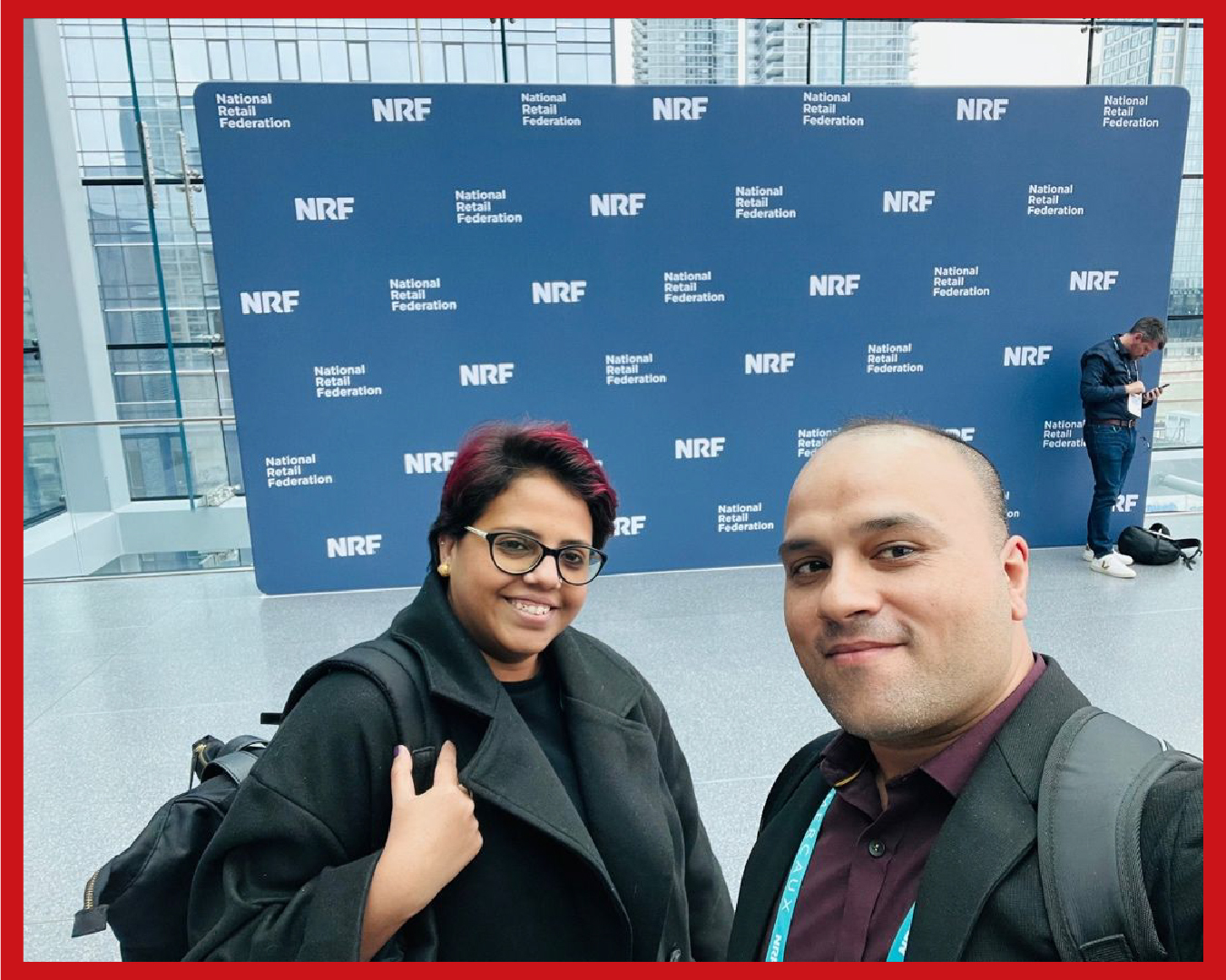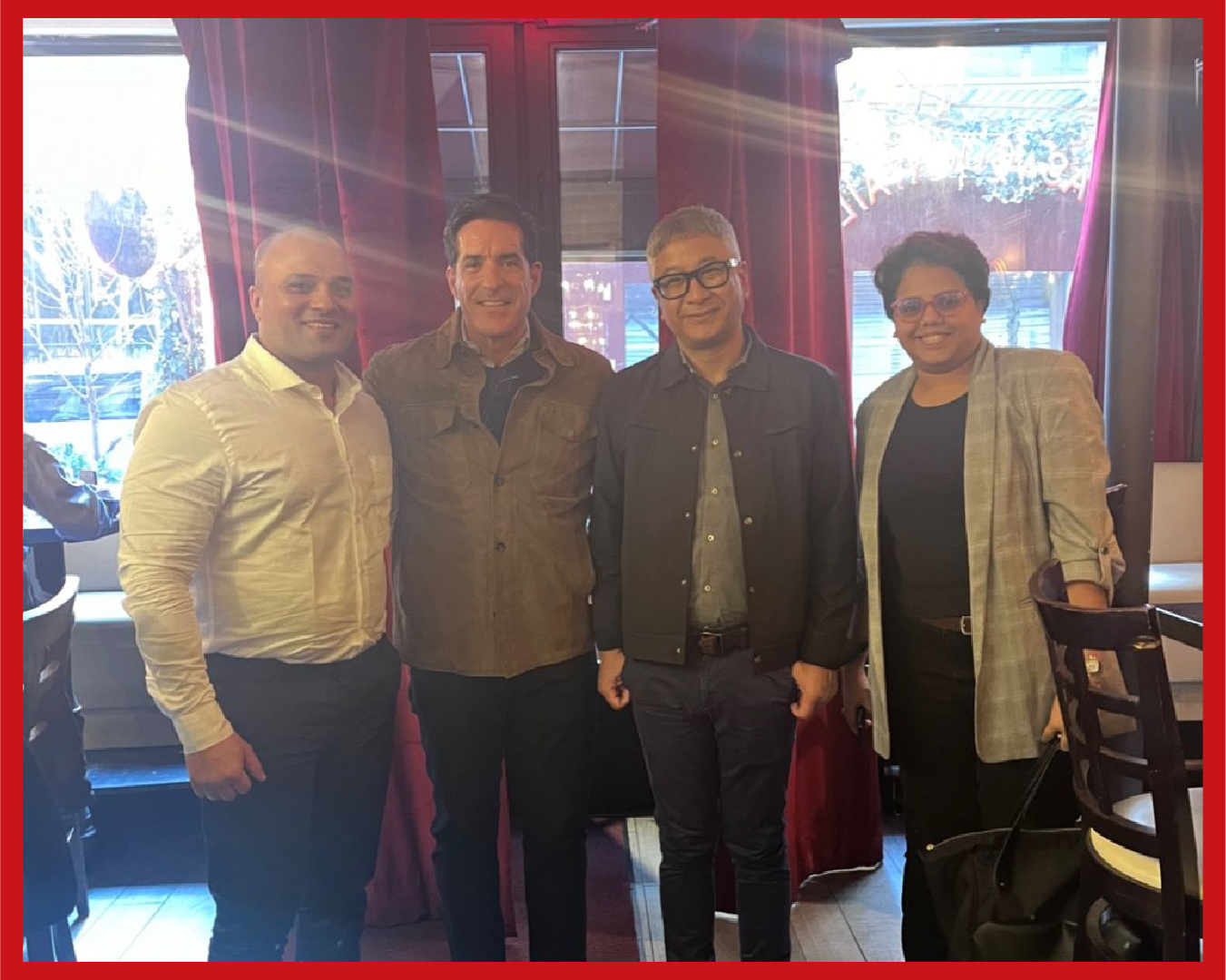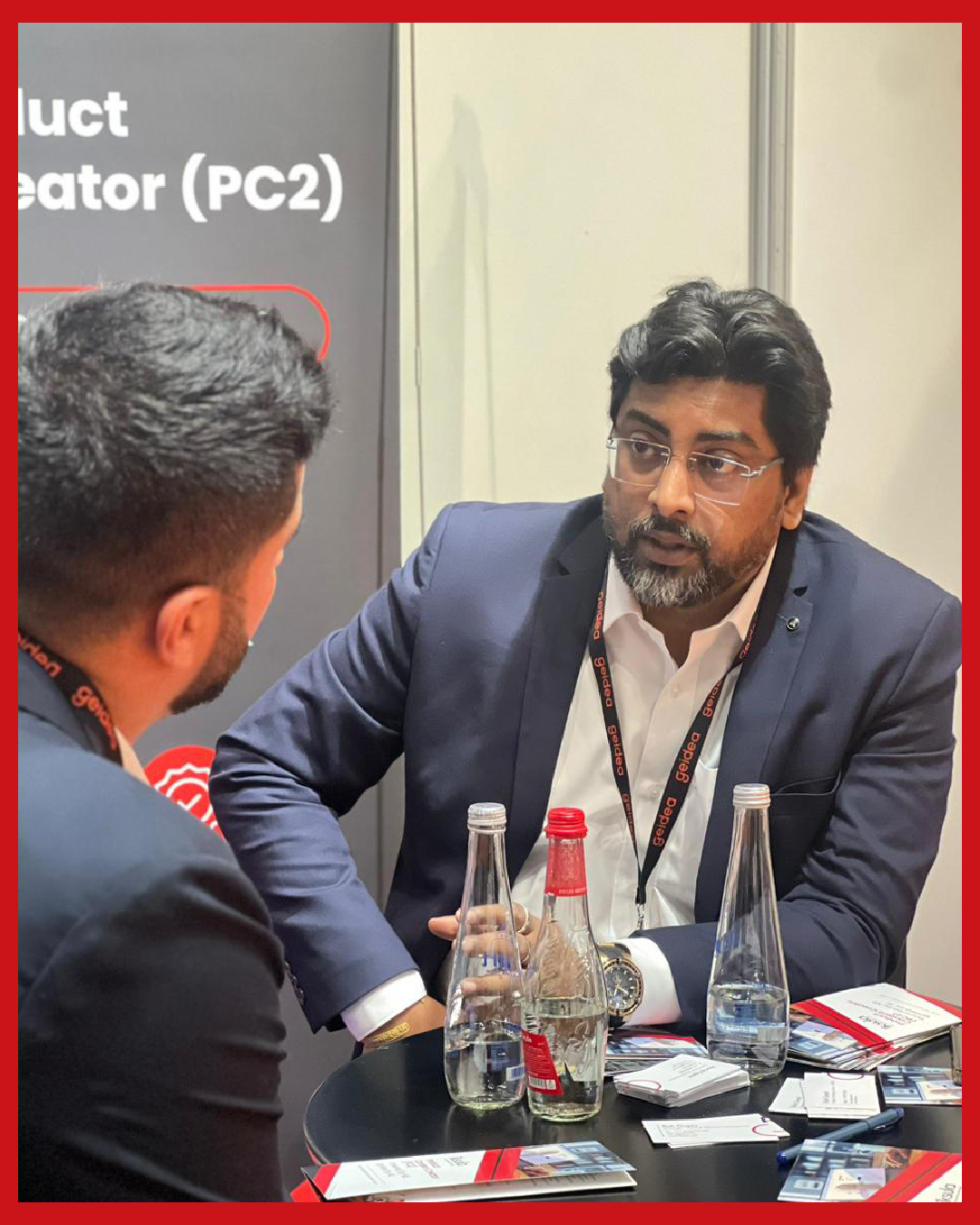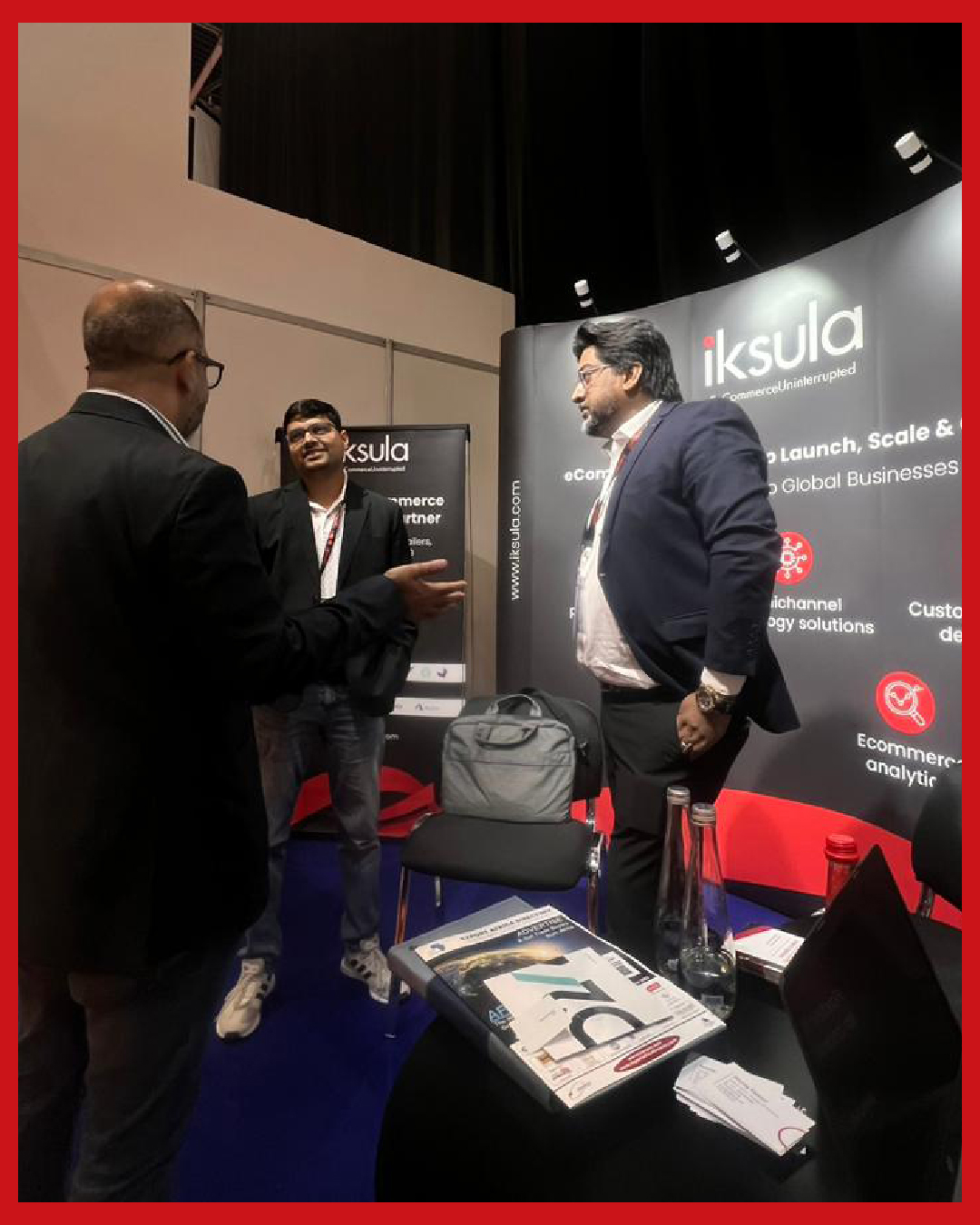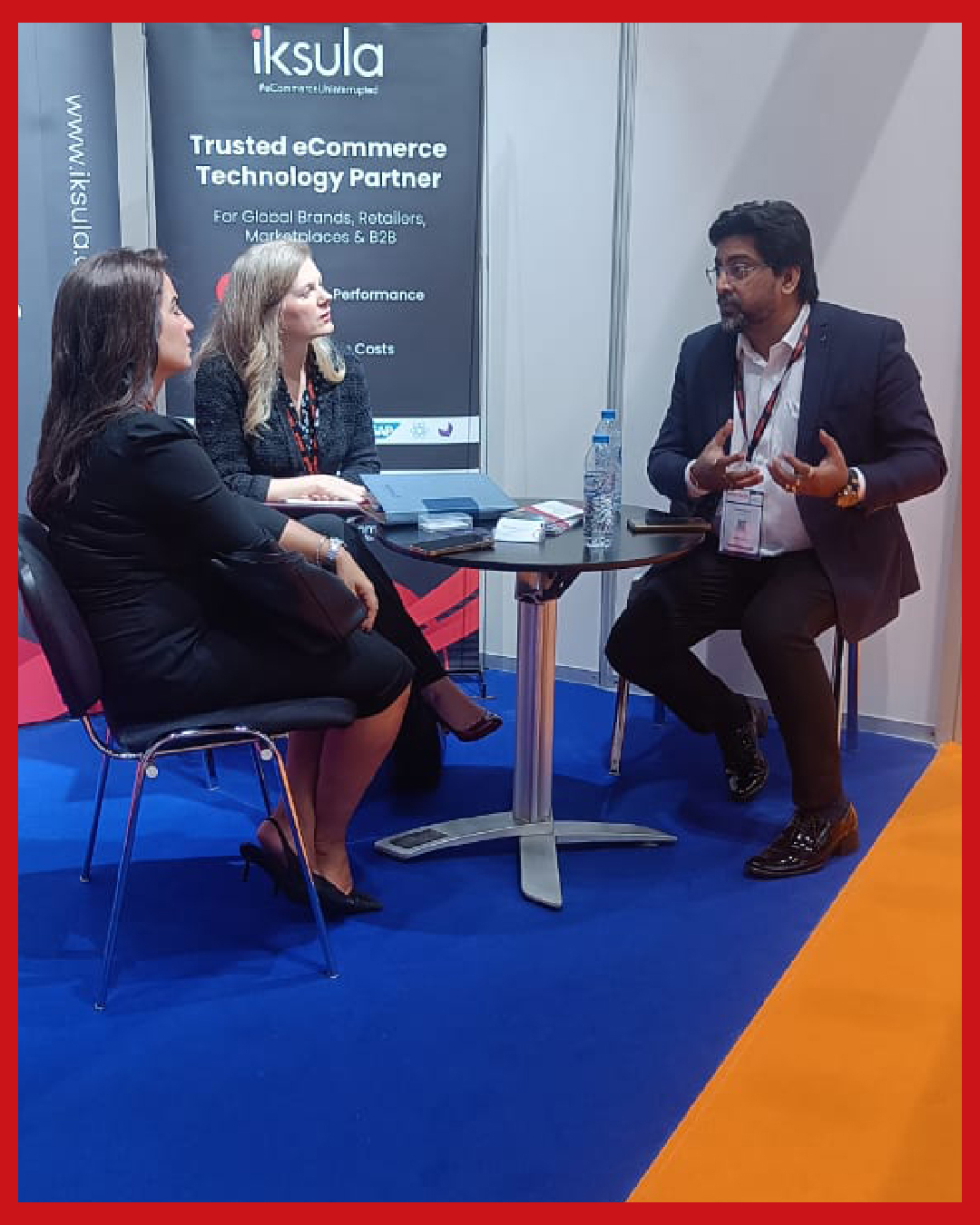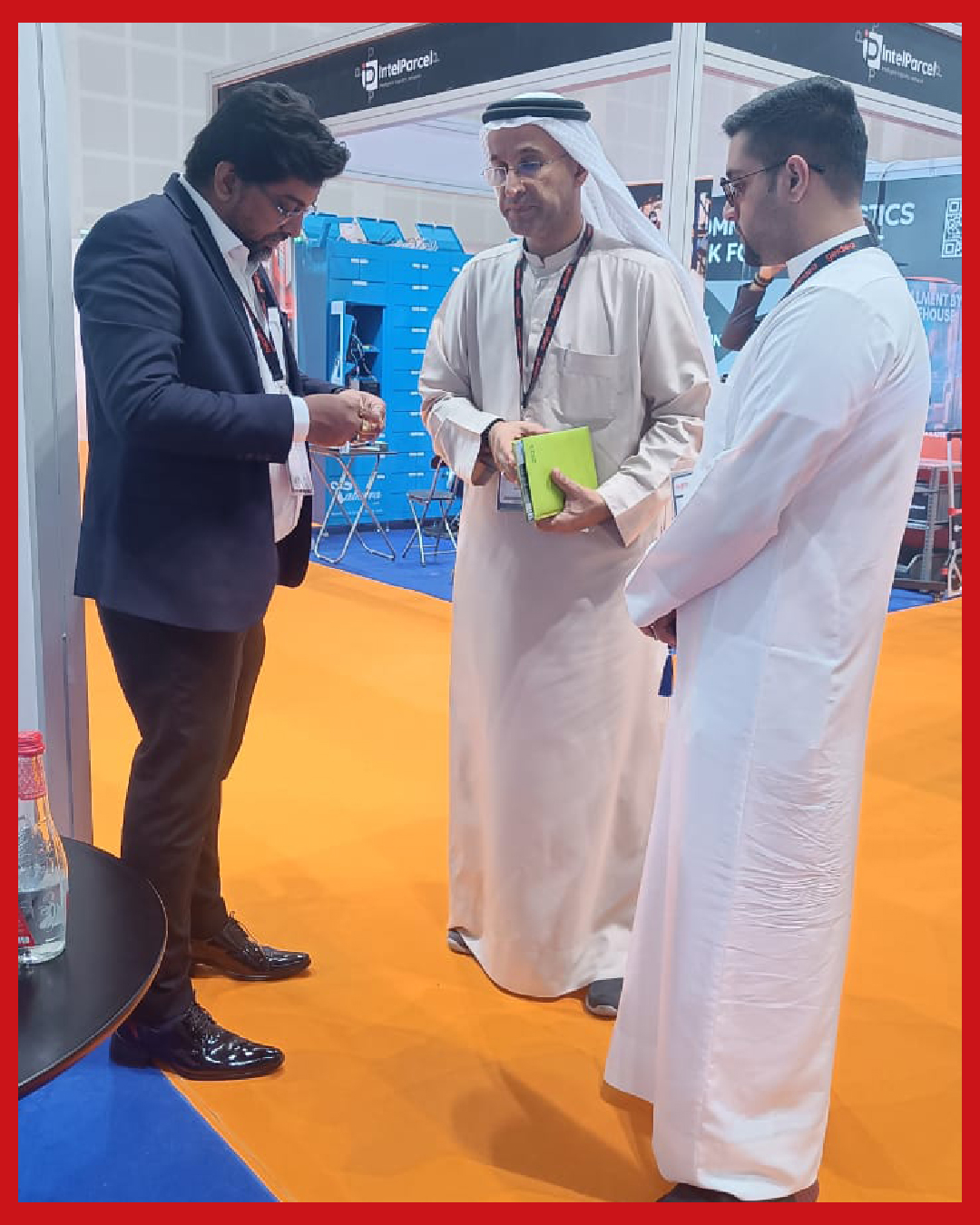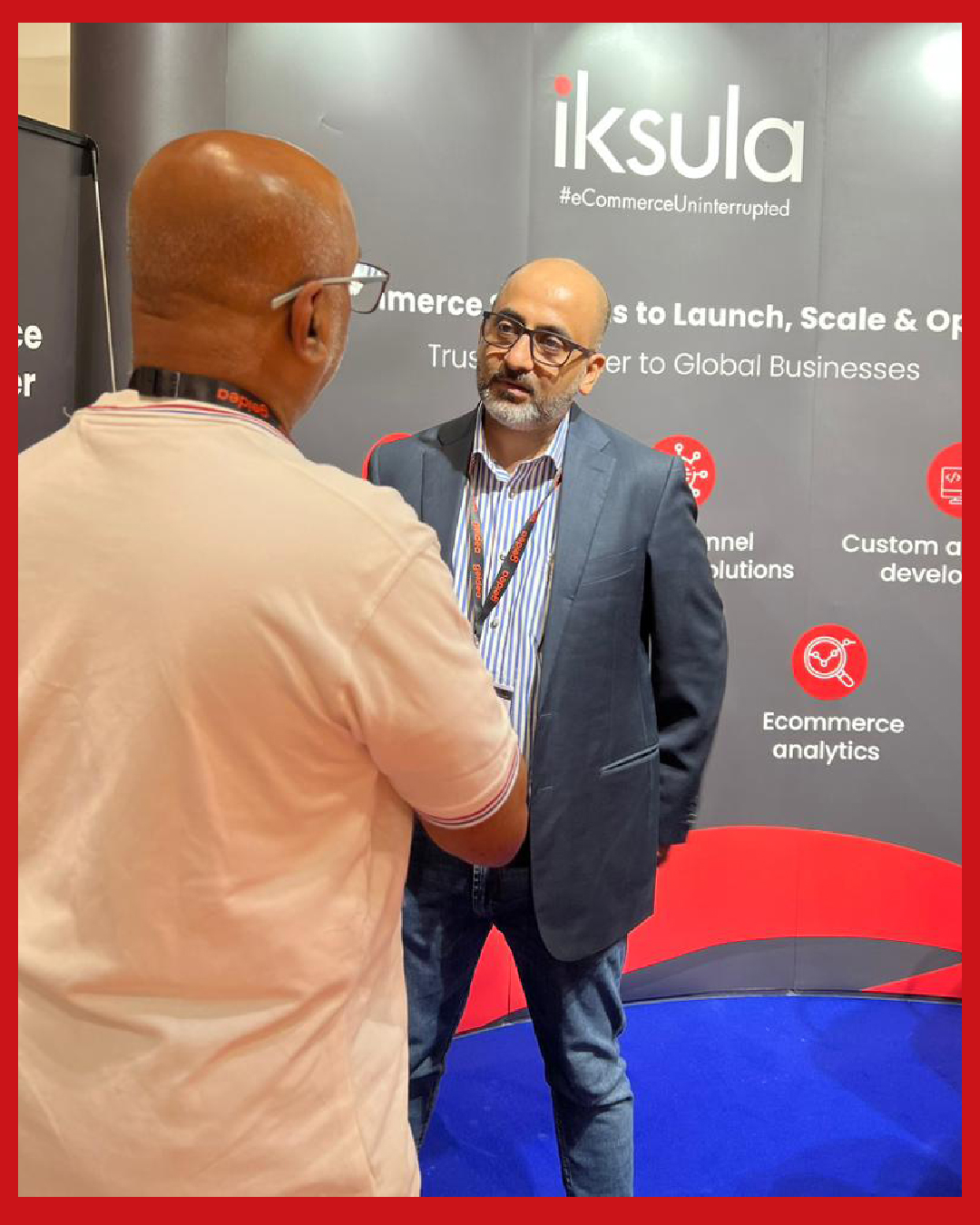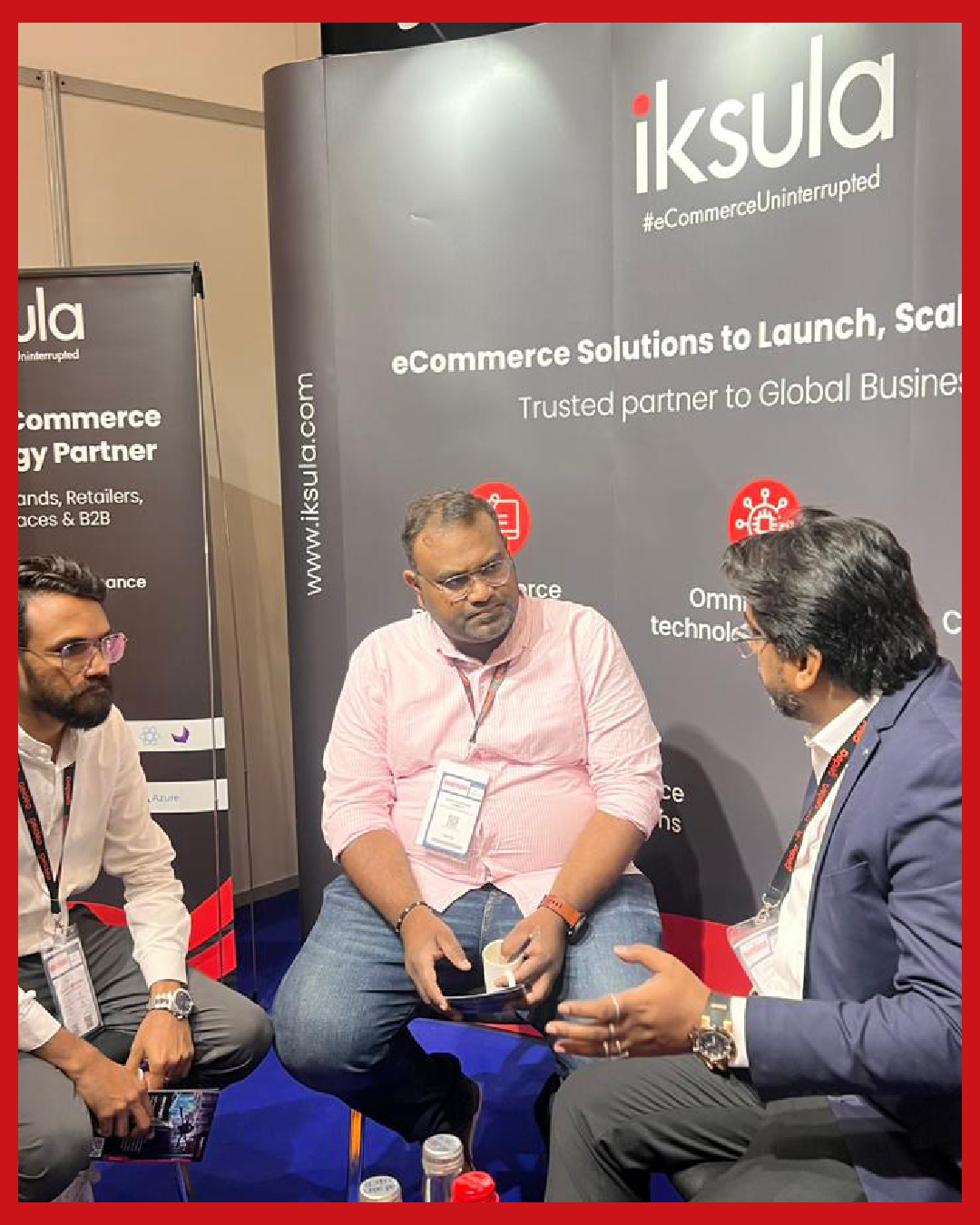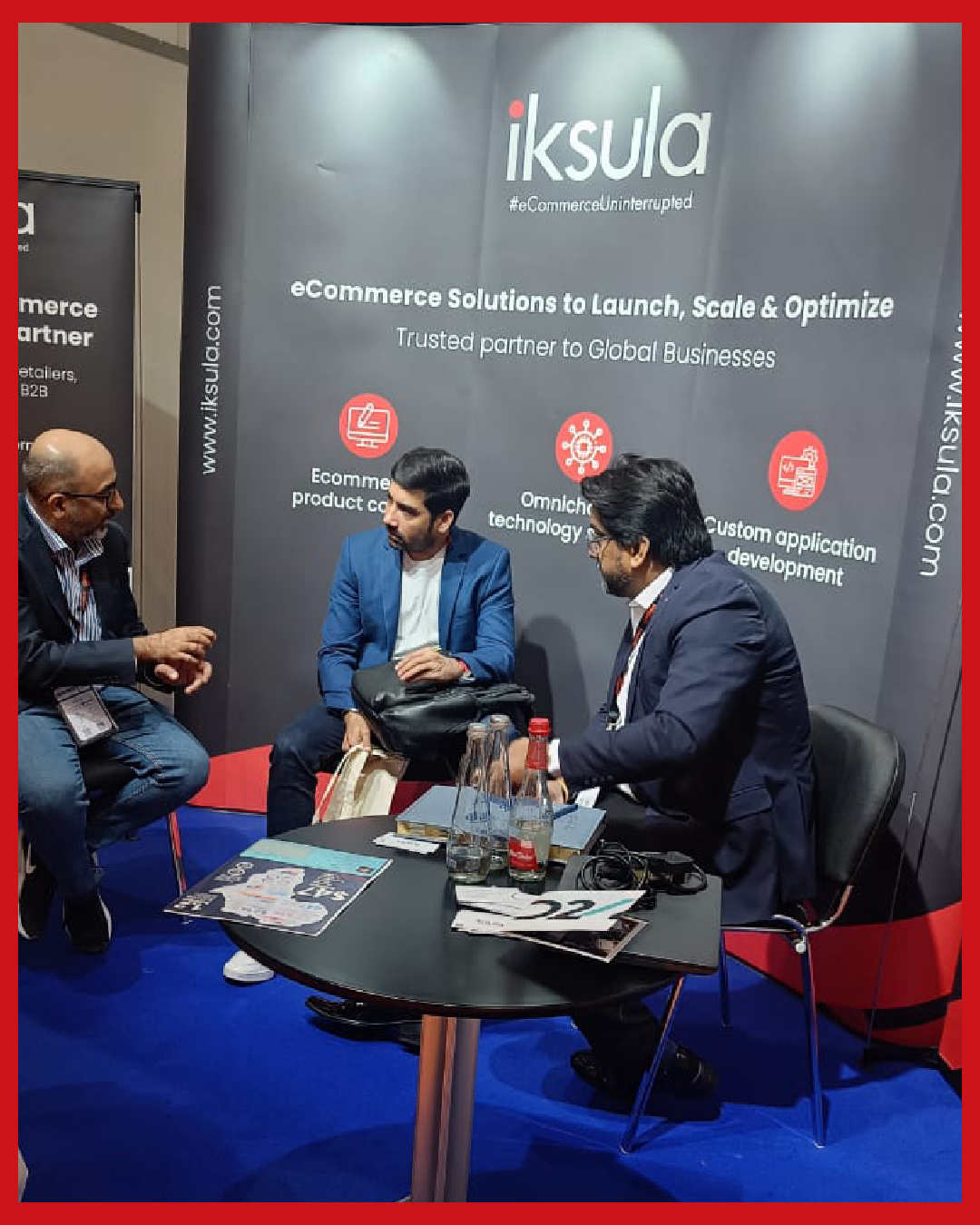The surge of online stores has made it easy for shoppers to buy products from across the globe. Designers, however, feel that while technology has helped the Indian fashion industry grow, there are a few downsides, including easy access to designs leading to plagiarism.
For designer Ashish Soni, the influx of online stores has certainly meant more business, but for him, it has also resulted in the rise of counterfeit fashion.
“In India, in the last few years, the online presence has increased to a great extent. However, they usually tempt their buyers by offering large discounts in their latest designs. One of the disadvantages of advancement of technology is the rise of counterfeit fashion,” Soni told IANS, when asked how technology has helped the fashion industry to grow.
“Many small labels tend to copy designs from the top designers and sell them at a cheaper rate and usually targeting the younger audience, who are more tech savvy but low on spending. This is one major issue which all designers face on a daily basis,” added the designer, who will celebrate his silver jubilee in the fashion industry next year.
According to one estimate, the Indian e-commerce market is soon predicted to reach $63.7 billion (Rs. 434,200 crore); hence online shopping is not something designers can ignore.
For Simran Arya, who runs her label Carousel by Simran Arya, it has been interesting to witness how technology has helped brands unlock new customers but has increasingly taken hold of many spheres of the fashion industry globally.
“The best part about technology is that it allows brands to constantly re-invent brand experiences. The large pool of database helps brands tap into the behavior of their clientele and understand relevant preference patterns, which help to identify what strategies work best and provide a wow shopping experience to buyers,” Arya said.
But this also results in imitations.
“This breeds a culture of easy access to information, allowing fast fashion labels to capitalize by imitating trends and producing a lower-priced range of reputed design labels. Online portals usually tempt buyers to shop for more in order to avoid overheads like delivery and shipping expenses. Their pricing and discounts are relatively unstable, along with the inability to view the quality of the purchase or see if it fits well, yet, the ever-growing familiarity with technology has prompted most shoppers to shift to the swiftness and ease of online shopping,” Arya said.
Designers feel that today for any business to thrive in the market, it’s essential to balance both online and offline shopping.
Jyoti Sachdev Iyer, who has been in the industry for the past two decades and is selling clothes both online and offline, says that to survive in the industry a strong online presence is extremely necessary, but she also feels technology has had both a positive and negative impact on the industry.
“At the end of the day, all good comes with a bit of compromise. The question is whether or not this compromise is really worth it,” Iyer told IANS.
Excerpts from ET Retail
Iksula’s Take about Counterfeiting in eCommerce
This is one case where ‘Imitation is the best form of flattery,’ doesn’t apply. The menace of counterfeit products in India has increased with the exponential growth of e-commerce platforms and online marketplaces. Remember when Harman International – the audio & electronics systems company – issued a legal notice to ShopClues.com for allegedly selling fakes of its popular JBL products? Matters haven’t improved since, mainly due to two reasons – 1) Not all brands have a total grasp over eCommerce as a sales channel and hence are unable to tackle counterfeiting on it, and 2) India’s Consumer Protection Act, 1986, doesn’t take much cognizance of eCommerce.
While #2 reason is going to take time to change for the benefit of brands, #1 is something that can be tackled and more likely to yield results. Since some of the major brands that have been hit by counterfeiting may not have a strong eCommerce presence, needless to say, the first course of action is to have an eCommerce presence. Last year, Ray-Ban converted its Indian website to eCommerce platform with the main intention of curbing fakes. In addition, brands would need to invest in advanced online surveillance tools to identify & remove counterfeits in real-time. Some would even suggest partnering with local law enforcement to seize fake products.






